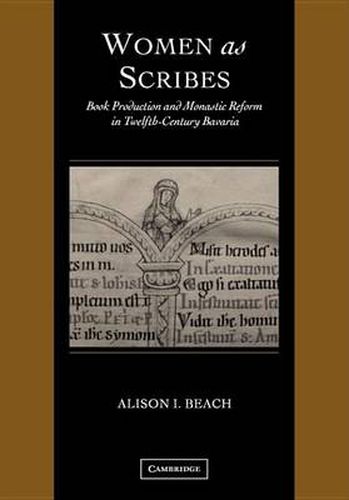Readings Newsletter
Become a Readings Member to make your shopping experience even easier.
Sign in or sign up for free!
You’re not far away from qualifying for FREE standard shipping within Australia
You’ve qualified for FREE standard shipping within Australia
The cart is loading…






Professor Beach’s book on female scribes in twelfth-century Bavaria - the first full-length study of the role of women copyists in the Middle Ages - is underpinned by the notion that the scriptorium was central to the intellectual revival of the Middle Ages and that women played a role in this renaissance. The author examines the exceptional quantity of evidence of female scribal activity in three different religious communities, pointing out the various ways in which the women worked - alone, with other women, and even alongside men - to produce books for monastic libraries, and discussing why their work should have been made visible, whereas that of other female scribes remains invisible. Beach’s focus on manuscript production, and the religious, intellectual, social and economic factors which shaped that production, enables her to draw wide-ranging conclusions of interest not only to palaeographers but also to those interested in reading, literacy, religion and gender history.
$9.00 standard shipping within Australia
FREE standard shipping within Australia for orders over $100.00
Express & International shipping calculated at checkout
Professor Beach’s book on female scribes in twelfth-century Bavaria - the first full-length study of the role of women copyists in the Middle Ages - is underpinned by the notion that the scriptorium was central to the intellectual revival of the Middle Ages and that women played a role in this renaissance. The author examines the exceptional quantity of evidence of female scribal activity in three different religious communities, pointing out the various ways in which the women worked - alone, with other women, and even alongside men - to produce books for monastic libraries, and discussing why their work should have been made visible, whereas that of other female scribes remains invisible. Beach’s focus on manuscript production, and the religious, intellectual, social and economic factors which shaped that production, enables her to draw wide-ranging conclusions of interest not only to palaeographers but also to those interested in reading, literacy, religion and gender history.